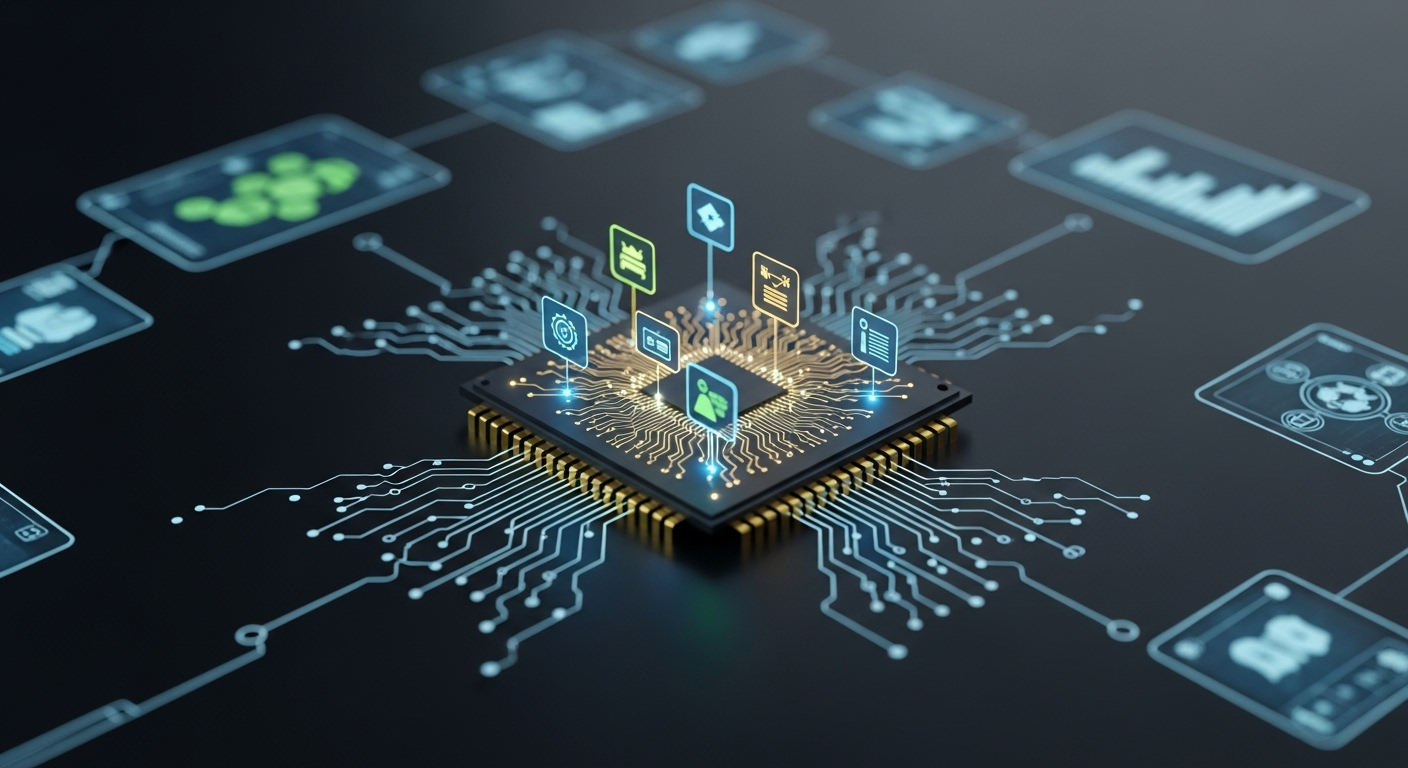Microlearning: The Key to Rapid Skill Acquisition in Fast-Paced Industries
In today's rapidly evolving job market, staying competitive requires continuous skill development. Microlearning has emerged as a powerful tool for professionals seeking to acquire new competencies quickly and effectively. This innovative approach to education breaks down complex topics into bite-sized, easily digestible lessons, allowing learners to grasp and retain information more efficiently than traditional methods.

The Science Behind Microlearning
Microlearning aligns perfectly with how our brains process and retain information. Cognitive science research has shown that shorter, focused learning sessions lead to better long-term retention compared to lengthy, information-dense lectures. This approach takes advantage of the brain’s natural attention span, which typically ranges from 10 to 20 minutes for optimal focus.
Studies have demonstrated that microlearning can improve knowledge retention by up to 80% compared to traditional methods. By presenting information in small, manageable chunks, learners can avoid cognitive overload and more easily transfer knowledge from short-term to long-term memory. This process, known as chunking, allows individuals to organize information more effectively and recall it when needed.
Adapting to Industry-Specific Needs
One of the key strengths of microlearning is its adaptability to various industries and skill sets. In the tech sector, for instance, microlearning modules can help developers stay up-to-date with the latest programming languages and frameworks. These bite-sized lessons can be easily integrated into a developer’s daily routine, allowing them to learn new skills without taking extended breaks from their projects.
Similarly, in the healthcare industry, microlearning can be used to keep medical professionals informed about new treatments, procedures, and regulations. Short, focused lessons on specific topics can be accessed during breaks or between patient consultations, ensuring that healthcare providers remain current in their field without compromising patient care.
Implementing Microlearning in Corporate Training
Many forward-thinking companies are incorporating microlearning into their corporate training programs. This approach not only reduces training costs but also increases employee engagement and knowledge retention. By breaking down complex training materials into smaller, more manageable units, organizations can create flexible learning paths that cater to individual employee needs and schedules.
Microlearning can be particularly effective for onboarding new employees. Instead of overwhelming new hires with days of intensive training, companies can provide a series of short, targeted modules that cover essential information over time. This gradual approach allows new employees to absorb information more effectively while still being productive in their roles.
Challenges and Considerations
While microlearning offers numerous benefits, it’s not without challenges. One of the primary concerns is ensuring that the bite-sized lessons collectively provide a comprehensive understanding of a topic. Instructional designers must carefully curate content to ensure that learners receive a well-rounded education, even when delivered in small increments.
Another consideration is the potential for fragmented learning experiences. Without proper guidance, learners may struggle to connect individual microlearning modules into a cohesive body of knowledge. To address this, it’s crucial to provide clear learning pathways and context for each module, helping learners understand how individual lessons fit into the broader picture.
The Future of Microlearning
As technology continues to advance, the potential for microlearning grows exponentially. Virtual and augmented reality technologies are opening up new possibilities for immersive, bite-sized learning experiences. These technologies can simulate real-world scenarios, allowing learners to practice skills in a safe, controlled environment before applying them in the workplace.
Artificial intelligence and machine learning algorithms are also enhancing the microlearning experience by personalizing content delivery. These systems can analyze a learner’s progress and preferences, tailoring the difficulty and content of future modules to optimize the learning experience.
In conclusion, microlearning represents a paradigm shift in how we approach skill acquisition and professional development. By embracing this innovative approach, individuals and organizations can stay ahead of the curve in rapidly evolving industries. As the job market continues to change at an unprecedented pace, the ability to quickly learn and adapt will become increasingly valuable. Microlearning provides the tools and framework necessary to thrive in this dynamic environment, empowering professionals to continuously expand their skillsets and remain competitive in their chosen fields.





